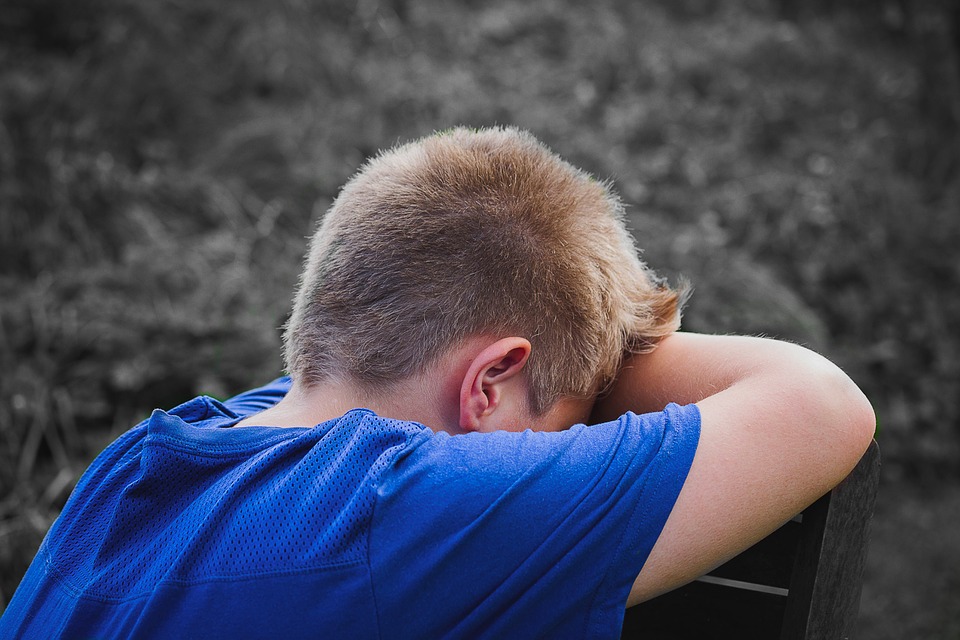
Two weeks before the letter bombs, Tree of Life massacre, and two senseless murders in Kentucky, I borrowed a book from the library, “Only Child” by Rhiannon Navin. The summary says this novel is about a school shooting, gun violence, and a family’s struggle to cope with the loss of their son. I don’t know why I chose that book. After all, we’re drowning in mass murders in this country. I don’t want to experience more sadness and powerlessness.
But borrow it I did. And then in one week all that killing happened, and the book stayed in my library bag. A week later it was done. I finished the book, and I’m glad I did. It’s really not about the guns.
Every time there is an attack, we focus, rightfully, on those who died. Their pictures are plastered on the news, on walls, at vigils. We mourn for lives cut short, for their futures and families and talents that will never be realized.
For a short time, the bereaved families are highlighted as we come to grips with yet more violent, senseless deaths. As public attention and emotions die down, and the media focuses on the next disaster, so does the focus on the families disappear. Most of us know nothing about the aftermath for them of the violent death of a loved one. They become, for the most part, the silent victims of gun violence, the just-barely living victims.
“Only Child” gives us insights into such a family. (While it is not representative of all families in this situation, I have no doubt that it plays out for some this way.)
This family is torn apart as each person finds their own way to cope with the loss of their 10-year old son and brother. Told from the perspective of the six-year old brother, it is believable and heartbreaking to watch the breakdown of the family. The mother responds by seeking revenge, to the exclusion of comforting and being comforted by her family. The father, lost in his own grief, finds meager solace in work.
The remaining son, now an only child, ends up lost in the shuffle, understandably angry and confused. With his childlike innocence and perspective, he is also the one who helps the family mend.What are we to learn from this art-imitates-life story?
* We are not meant to go through life, especially the struggles, alone.
* Connection heals, or at the very least, opens the door to healing.
* Struggling families need even more support six months later than during the initial aftermath.
* Emotions must be felt and processed, or they will eat you up alive.
* We’re all in this together, and acts of kindness and service are what make life satisfying and meaningful.
* And these lessons apply to anyone who is in pain, for any reason at all.
The next time you are aware of someone who is struggling, even if you don’t know the details, reach out your hand. Sit and listen, buy them groceries, take them to the doctor, check in on them regularly. Don’t let your discomfort keep you from showing you care. Do something. And keep doing those somethings. You will change their world.
Be well, be strong, stay involved.
